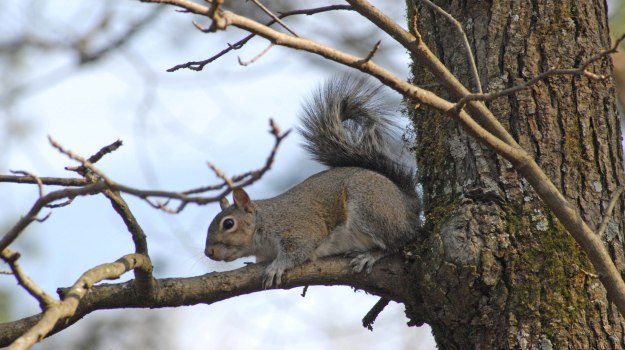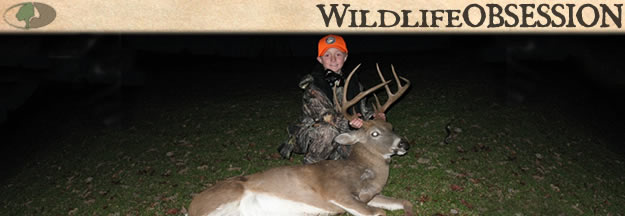
Editor’s Note: Hank Parker has worn Mossy Oak since the company’s inception. He hosts two hunting shows; Hank Parker 3D on the Pursuit Network and Hank Parker’s Flesh and Blood on the Outdoor Channel, and a fishing show that has run on the Outdoor Channel for 30 years titled Hank Parker’s Outdoor Magazine.
 Although much has been written about Mossy Oak camouflage and its ability to conceal, there’s one very-important aspect of camouflage overlooked by many hunters. I was guilty of committing this major hunting sin, until I hunted with an elderly turkey hunter some years ago. We were walking through the woods when I stopped, cupped my hands and prepared to blow my diaphragm call. The old hunter put his hand on my arm and said, “You need to wait a little while. Let’s go over here, sit down, and wait before you call.” Surprised, I asked, “Why do I need to wait before I call?” He proceeded to give me some tremendously-helpful wisdom I never have forgotten.
Although much has been written about Mossy Oak camouflage and its ability to conceal, there’s one very-important aspect of camouflage overlooked by many hunters. I was guilty of committing this major hunting sin, until I hunted with an elderly turkey hunter some years ago. We were walking through the woods when I stopped, cupped my hands and prepared to blow my diaphragm call. The old hunter put his hand on my arm and said, “You need to wait a little while. Let’s go over here, sit down, and wait before you call.” Surprised, I asked, “Why do I need to wait before I call?” He proceeded to give me some tremendously-helpful wisdom I never have forgotten.
The old hunter told me, “Have you ever considered that every tweety bird, tree frog, katydid, cricket, blue jay, cardinal and squirrel in the woods has a sound they make when alarmed by something they sense? That turkey knows all those critters alarm sounds, but you don’t.” His words resonated with me, because until that point, I never had realized just how unnatural my two-footed stepping followed by a loud gobble call seemed to other animals in the woods. Instead of sounding like a turkey, I sounded like a man-sized fake gobbler sending five-alarm signals through the woods. Worse still was making this mistake while chasing a 3-year-old-plus longbeard gobbler that had been shot at and spooked or possibly had watched one of his brothers being harvested; he knew a hunter’s sounds. So, I learned to sit down for 10 or 20 minutes to let the woods settle down, and then the critters would quit reporting danger. Once they went back to singing their happy songs, you could make an effective offensive call to get the turkey to advance. I learned so much from that one morning of hunting with the old turkey hunter. From then on, I hunted knowing the other critters in the woods had to be at ease in my presence.
If you study deer in the woods, you know shooting an alarmed and upset deer is much more difficult than a calm and unafraid one. Now, before I even try to call a critter, I sit still, I’m quiet, and I blend in with the woods. The most-obvious way to see this phenomenon the next time you’re deer hunting is to notice a buck’s reaction to a blue jay scream. Even though you may not be able to see the blue jay or even hear its distinct alarm signal, the deer can and will become alarmed and most likely exit the area.
That’s why I always make sure I’m wearing Mossy Oak. When I am totally camouflaged from head to toe, I become a natural part of a tree, a bush or the ground. This way, alarm signals aren’t ringing through the woods when I begin hunting. Many different camo patterns allow you to hide from deer. But for me, the important thing is being able to hide from all those little alarmed, loud critters. I don’t enjoy wearing orange in states requiring that color during archery season, because I actually have seen deer avoid me when I have on orange. Wildlife biologists say deer can’t see hunter orange. This statement may be true, but all the other critters I’m not hunting can. Young deer are curious. When they reach and surpass the age of three, they become more suspicious and less curious. When those older bucks hear a blue jay scream, a squirrel start barking or other critters give alarm sounds, they’ll be real suspicious of an area. That buck will be on high alert or avoid the region completely.






























